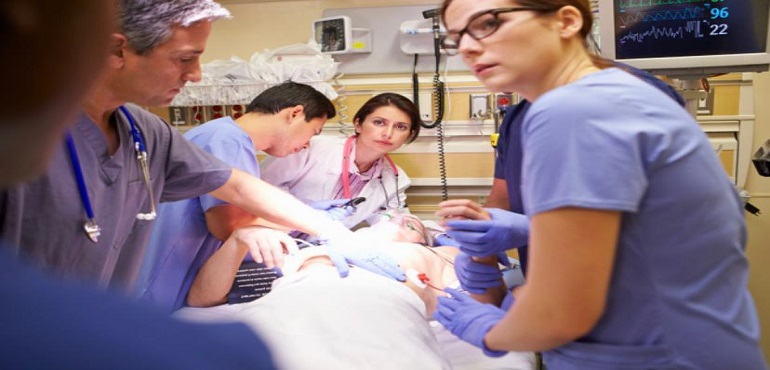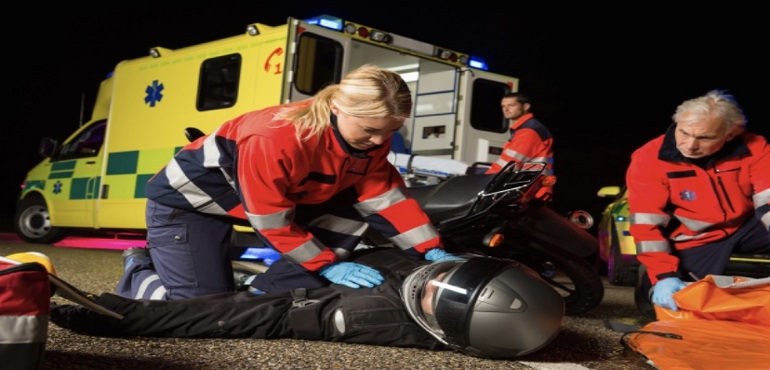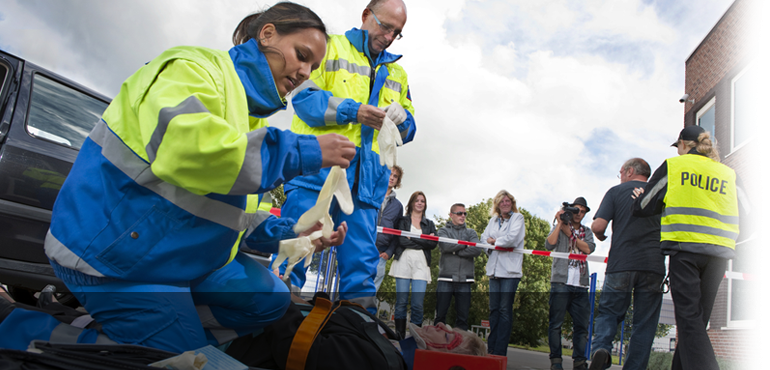| Toll Free : 1844 495 7333(injury hotline- new cases only) | |
| Text a Personal Injury Lawyer 24/7 and get instant help.TM (416 931 5015) | |
| Head Office : 905 495 7333 |
Animal Related Motor-Vehicle Accidents: Safe Driving Tips
July 14, 2017Brampton personal injury lawyers know from experience that collisions between animals and motor-vehicles pose unique road safety challenges. One of the issues that prevents us from gaining a real understanding of the magnitude of the problem is the fact that reliable data is not available in this sector. Transport Canada sources confirm that the available data captures only about 50% of animal/motor-vehicle collisions. A 2003 report entitled Collisions Involving Large Animals and Motor-vehicles in Canada confirms that in 95% of animal-vehicle collisions result in property damage which is often less than $1000, and this could be one of the reasons for under-reporting
Pedestrians and bicyclists are aware of road rules and safety issues but animals obviously are not. They tend to appear suddenly in one’s path and also behave unpredictably on the roads, especially if they are startled or frightened by the sight and sound of a vehicle. As our road networks expand and penetrate into the habitat of wildlife, it’s only to be expected that there could be an increase in man-animal conflicts.
Statistics show that there are 4 to 8 large animal collisions every hour in Canada. Data for 2014 reveals that there were 11, 466 animal vehicle collisions in Ontario according to the Ontario Provincial Police.
Drivers need to remain vigilant not just for wild animals while driving through forest tracts, but also for domestic animals like cows and sheep while passing through agricultural and rural areas, and for pets and smaller creatures while passing through more urban locations. Apart from collisions, many drivers being nature-lovers may tend to stop unexpectedly on the highway to watch, photograph, avoid or tend to animals, leading to unsafe conditions for other road users.
Reduce Your Risks
Drivers need information and awareness about how to react in case they encounter an animal on the road.
Obey The Signs: Watch out for Wildlife Warning signs. They are distinctive, yellow diamond shaped signs that warn drivers that there is a risk of encountering an animal there. Though there may not be any speed reduction warning alongside, it’s only common-sense to drive slower in such sections.
Slow Down: Speed prevents drivers from exercising other options like stopping in time, swerving, honking, flashing lights at the animal, etc. It’s important to keep your speed at reasonable levels in areas which you know to be risk-prone.
Practice Defensive Driving: Pay attention to both sides of the road and expect the unexpected.
Time-related: Dusk and dawn are particularly risky times, when animals are more active. Animals like moose are difficult to spot in low light, because of their dark coats.
Strategic Moves: Gut instinct invariably leads drivers to swerve when they spot an animal suddenly, but this could pose a bigger risk. You may also hit other vehicles. For smaller animals like deer, braking is a better option, while swerving is certainly the best way to avoid hitting a large animal like a moose. For very small animals, it may be unfortunate, but it’s wiser to make a choice of hitting it if there are other vehicles on the road.
Stay Focused: If you have hit an animal, call the RCMP or park wardens in National Parks. Never try to attend to wounded animals as they can be dangerous.
Contact the nearest personal injury lawyer in Brampton if you or a dear one has been in an animal-related collision. You may be entitled to compensation.
Animal Related Motor-Vehicle Accidents: Safe Driving Tips
July 14, 2017Brampton personal injury lawyers know from experience that collisions between animals and motor-vehicles pose unique road safety challenges. One of the issues that prevents us from gaining a real understanding of the magnitude of the problem is the fact that reliable data is not available in this sector. Transport Canada sources confirm that the available data captures only about 50% of animal/motor-vehicle collisions. A 2003 report entitled Collisions Involving Large Animals and Motor-vehicles in Canada confirms that in 95% of animal-vehicle collisions result in property damage which is often less than $1000, and this could be one of the reasons for under-reporting
Pedestrians and bicyclists are aware of road rules and safety issues but animals obviously are not. They tend to appear suddenly in one’s path and also behave unpredictably on the roads, especially if they are startled or frightened by the sight and sound of a vehicle. As our road networks expand and penetrate into the habitat of wildlife, it’s only to be expected that there could be an increase in man-animal conflicts.
Statistics show that there are 4 to 8 large animal collisions every hour in Canada. Data for 2014 reveals that there were 11, 466 animal vehicle collisions in Ontario according to the Ontario Provincial Police.
Drivers need to remain vigilant not just for wild animals while driving through forest tracts, but also for domestic animals like cows and sheep while passing through agricultural and rural areas, and for pets and smaller creatures while passing through more urban locations. Apart from collisions, many drivers being nature-lovers may tend to stop unexpectedly on the highway to watch, photograph, avoid or tend to animals, leading to unsafe conditions for other road users.
Reduce Your Risks
Drivers need information and awareness about how to react in case they encounter an animal on the road.
Obey The Signs: Watch out for Wildlife Warning signs. They are distinctive, yellow diamond shaped signs that warn drivers that there is a risk of encountering an animal there. Though there may not be any speed reduction warning alongside, it’s only common-sense to drive slower in such sections.
Slow Down: Speed prevents drivers from exercising other options like stopping in time, swerving, honking, flashing lights at the animal, etc. It’s important to keep your speed at reasonable levels in areas which you know to be risk-prone.
Practice Defensive Driving: Pay attention to both sides of the road and expect the unexpected.
Time-related: Dusk and dawn are particularly risky times, when animals are more active. Animals like moose are difficult to spot in low light, because of their dark coats.
Strategic Moves: Gut instinct invariably leads drivers to swerve when they spot an animal suddenly, but this could pose a bigger risk. You may also hit other vehicles. For smaller animals like deer, braking is a better option, while swerving is certainly the best way to avoid hitting a large animal like a moose. For very small animals, it may be unfortunate, but it’s wiser to make a choice of hitting it if there are other vehicles on the road.
Stay Focused: If you have hit an animal, call the RCMP or park wardens in National Parks. Never try to attend to wounded animals as they can be dangerous.
Contact the nearest personal injury lawyer in Brampton if you or a dear one has been in an animal-related collision. You may be entitled to compensation.








